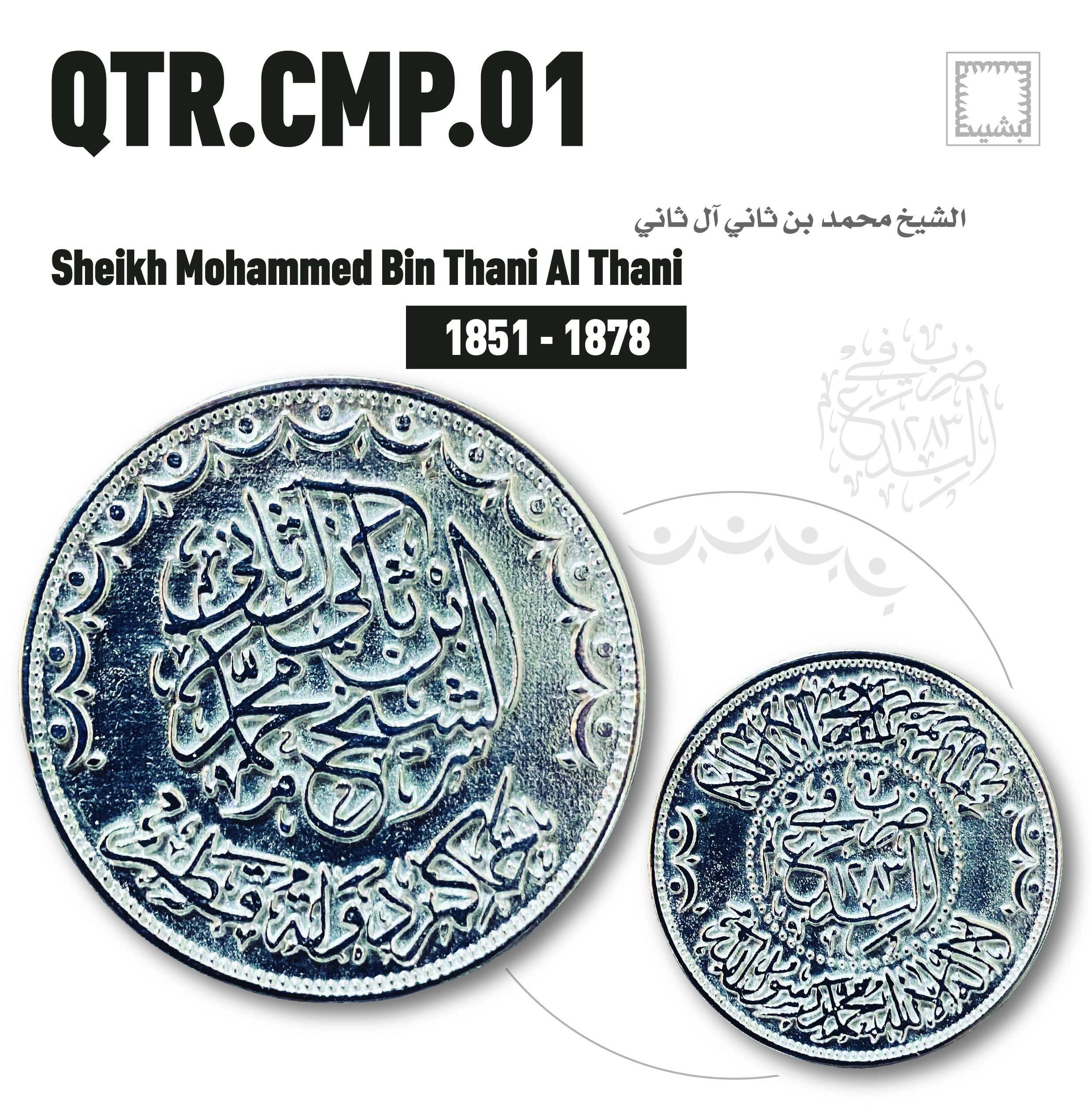FEATURED
DEMONSTRATION COINAGE
Open Edition, Issuance 2020
Pure Silver with Rhodium Plating, 21K Gold Plating, Pure Bronze
3.5cm Diameter
Money is not only a tool, which implies the purchase value of needs, but also an image of power. Money, as it is known today, first appeared in the form of coins, mainly a communication tool as a significant indicator presenting purchasing power. In terms of its cultural function, coin is also a signifier of social position or status as a sociological phenomenon. Coins were firstly made of metals and their value was determined by the value of the metal content, so that it was accepted publicly. Historically, most coinage metals are from copper, gold and silver. The copper is usually augmented with tin and often other metals to form bronze. Gold, silver and bronze were the coinage metals of the ancient world and most medieval civilizations.
Among the finest coins to be made were the ones produced by the Islamic Caliphates since the 7th Century. Muslims generally minted coins in three kinds of metal. The first type is a gold coin called the dinar, Arabic (dinar), which was borrowed via the Syriac (dinara) from the Greek (denarion), itself from the Latin (denarius). The second is a silver coin called the dirham, derived from the Sassanian drachm, which was itself based on the Roman dram/drachm, coming from drachma (the Greek coin). The third is a copper coin called the fils (Arabic plural: fulus), where the name is a modulation of follis, Roman and later Byzantine copper coin.
In the time following the World War I and the decline of the Ottoman Empire, the face of money has changed tragically by transforming from coin to banknote worldwide, including most of the Islamic and Arabic countries; especially after the abrupt reduction in the global demand for gold, which temporarily depressed the value of gold in terms of commodities. However, coins are still widely used for monetary and other purposes since their existence extends to the present, and the history shown by the images on coins, adding its economical, anthropological and archeological values.
The main question for this study is: what if Qatar used a similar administrative monetary issuance to the ones of the previous Islamic Caliphates, how would the currency be?
For this process study a "coin" is defined as an object that is a scaled-down representation of a real or imagined original and which is manufactured and presented for “demonstration” purposes only which will never be used for monetization. This project is not a listing or cataloguing exercise. It is aimed at providing informational value and dimension to revive the legacy of the historical leading coins in the Islamic and Arab world. The project consists of minted gold coins (dinar), silver coins (dirham), and bronze coins (fils).
Exhibited
- Process Exhibition (2020)
A 2020 exhibition focusing on process.










